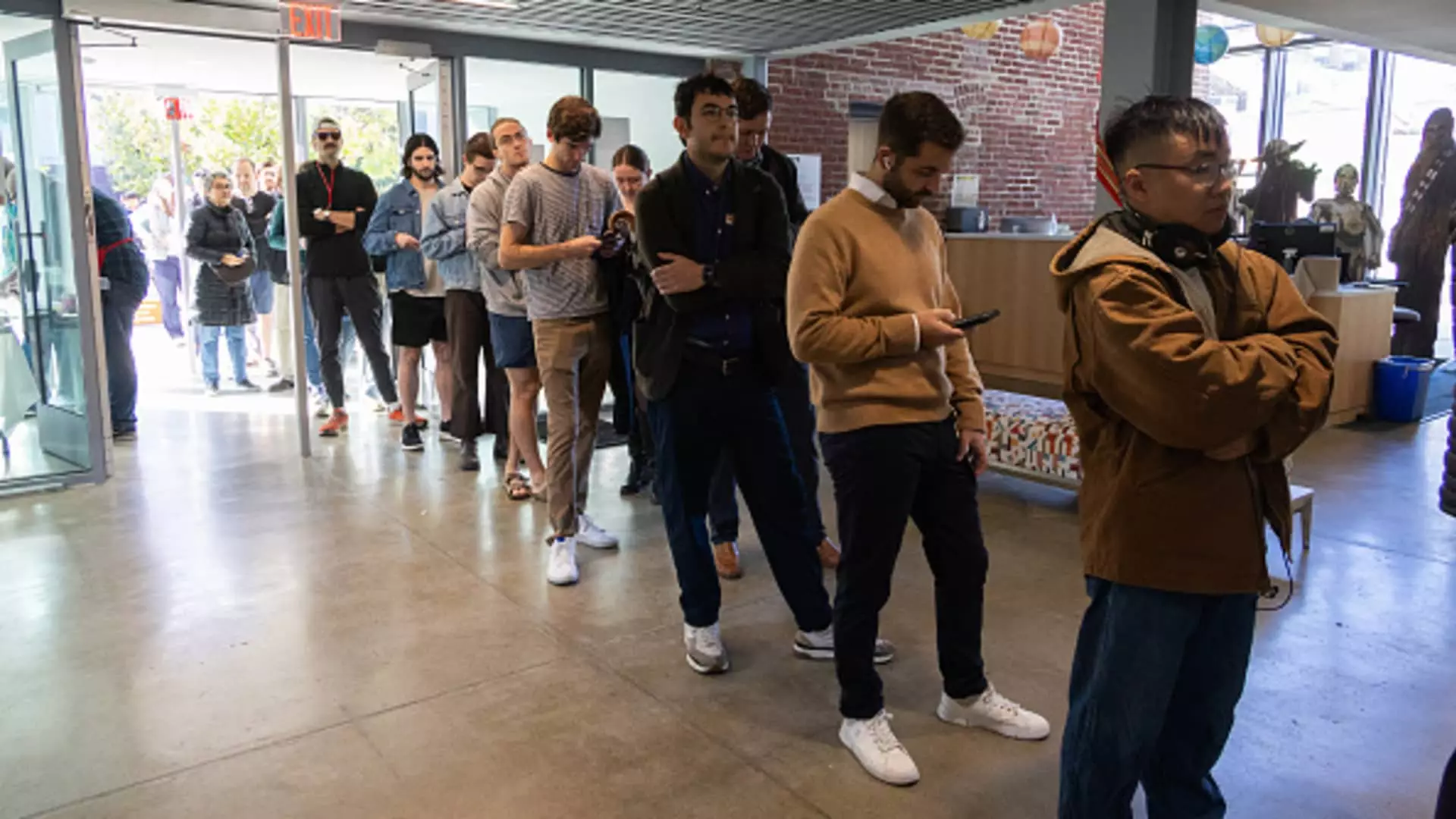In the tumultuous landscape of American politics, the impact of gender on voting behavior has repeatedly revealed distinct divides within the electorate. The 2024 election further underscored this trend, with polls indicating a noticeable disparity in support for the presidential candidates based on gender. As the nation headed to the polls, the stark reality of divergent priorities and perceptions among male and female voters became evident, highlighting the complexities behind these divisions.
As voting day approached, American society exhibited pronounced divisions, particularly along gender lines. According to exit polls, the disparity was glaring, with women favoring Vice President Kamala Harris over President-elect Donald Trump by an 8-point margin—53% to 45%. Conversely, Trump garnered a significant 13-point lead among male voters, attracting 55% support compared to Harris’s 42%. This 21-point gender gap not only reflects voting preferences but also signifies deeper societal issues that affect each gender differently.
Polls reveal that while women leaned towards Harris, driven by a combination of social issues and future outlook, men gravitated towards Trump, particularly due to his perceived prowess in economic matters. The backdrop of economic anxiety played a crucial role in driving both demographics to the polls, indicating a need for careful consideration of how economic sentiment interplays with gender-specific issues.
The 2024 election witnessed inflation as a predominant concern among voters, closely trailed by apprehensions regarding the economy. Particularly among young men, economic mobility and job security emerged as crucial issues. Experts suggest that a growing sense of disenfranchisement has manifested among young men, many of whom fear they have no clear pathway to economic progress. Julia Pollak, chief economist at ZipRecruiter, points to a declining workforce participation among men, especially those aged 25 to 54, as indicating a troubling trend that could have profound implications for the future.
Indeed, a 2023 Pew Research Center study highlighted that less-educated men were leaving the workforce at higher rates than their more educated counterparts. Compounding this issue is the fact that fewer young men are enrolling in higher education, resulting in a visible gap in educational attainment between genders—a trend that could influence long-term economic viability and participation in the workforce.
A notable number of young men were classified as NEETs—neither employed, engaged in education, nor part of training programs. This situation has become increasingly prevalent, particularly as globalization and technological advancements have upended traditional manufacturing and blue-collar roles. Richard Fry, a senior researcher at Pew, has pointed out that declining economic incentives can dissuade individuals from participating in the workforce, thereby exacerbating feelings of disillusionment and helplessness among demographics hit hardest by these shifts.
The ramifications of this phenomenon extend beyond immediate economic hardship; they indicate a possible failure to engage younger men effectively in the economy, with long-standing consequences for both social stability and political alignment.
As men grapple with these economic challenges, women have made significant strides in both education and career sectors. Women today are achieving higher educational thresholds at impressive rates, increasingly prioritizing their professional lives over traditional roles as mothers or homemakers. Kamala Harris’s appeal among women can be partly attributed to these shifts. However, despite their educational gains, women’s votes did not necessarily coalesce around reproductive rights or gender-based issues in the same way some had anticipated during the campaign.
While women’s issues like paid leave and affordable child care are undeniably critical, they did not singularly drive female voter turnout in the election. Instead, as Fatima Goss Graves of the National Women’s Law Center noted, the economic challenges broadly affecting families must remain a focal point for future political strategies aimed at garnering female support.
The results of the 2024 election reveal much deeper undercurrents that need careful examination. The gender gap in voting underscores the complexities of American political identity, reflecting divergent economic realities and societal roles. The engagement between gender and economic conditions is critical for understanding not just voter preferences today but for anticipating the electorate of the future.
As political discourse continues to evolve, both parties must recognize and address the unique perspectives and challenges faced by men and women if they hope to foster a society that promotes equity and opportunities for all citizens. The 2024 election may have been just one moment in a long journey, but it starkly highlights that the conversation about gender, economics, and power in America is far from over.

